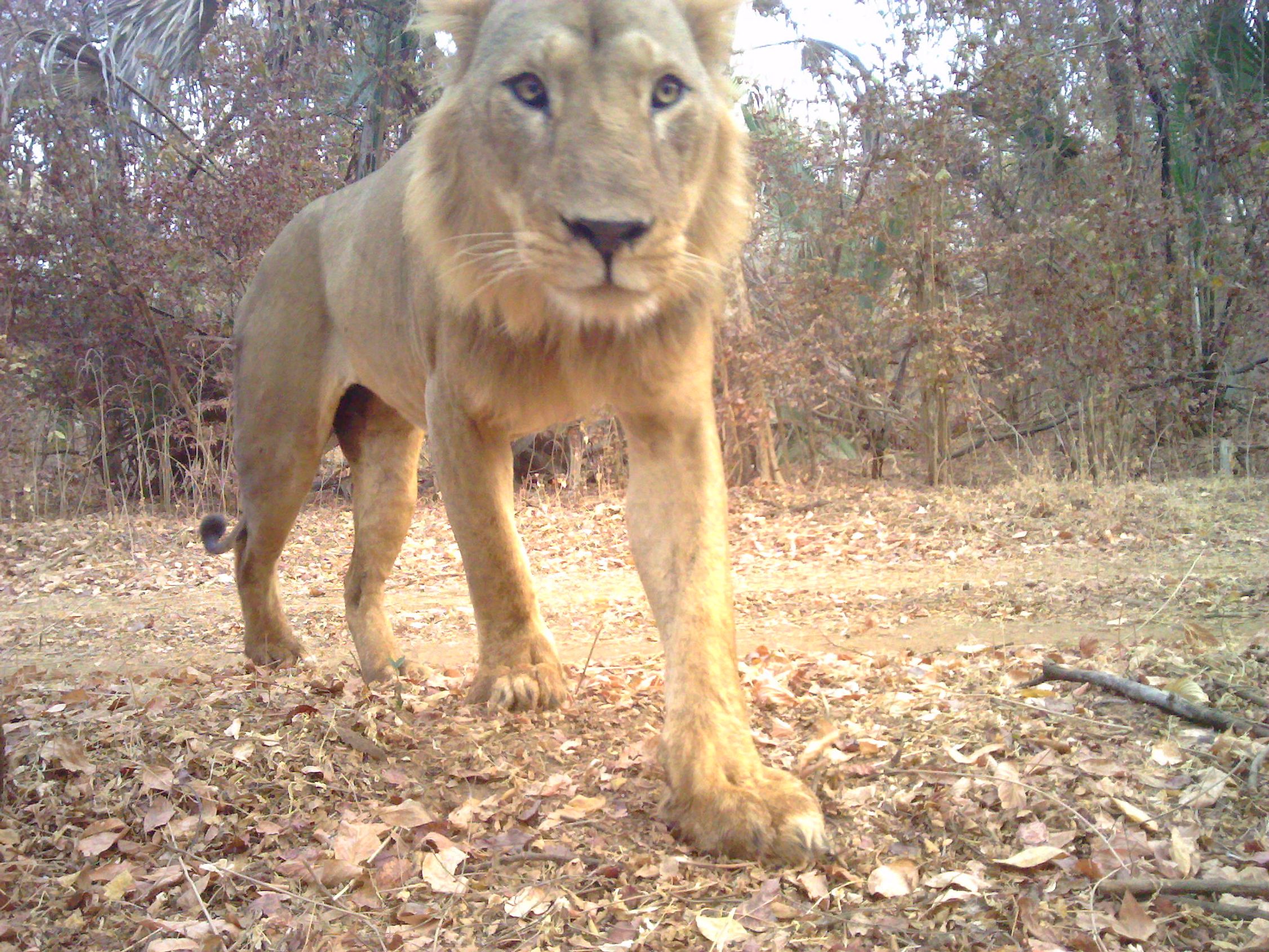
Rare Wildlife Images From Niokolo Koba National Park Give Birth To New Hope
Recent photographs of African wild dogs (including pups) in the Niokolo Koba National Park of Senegal, West Africa, is a reason to rejoice, as the species has all but disappeared across West Africa.
Remote camera traps set up by Panthera, the global wild cat conservation organization, and Senegal’s Directorate of National Parks captured rare images of these wild dogs with pups, ranging from 6 to 8 months, in Niokolo Koba. Scientists believe these animals are members of the last surviving population of the endangered African wild dog in West Africa. According to Panthera's Marine Drouilly, Regional Carnivore Monitoring Coordinator for West and Central Africa, the wild dogs are likely using the dry riverbed of the Niokolo River as a corridor to move across the park.
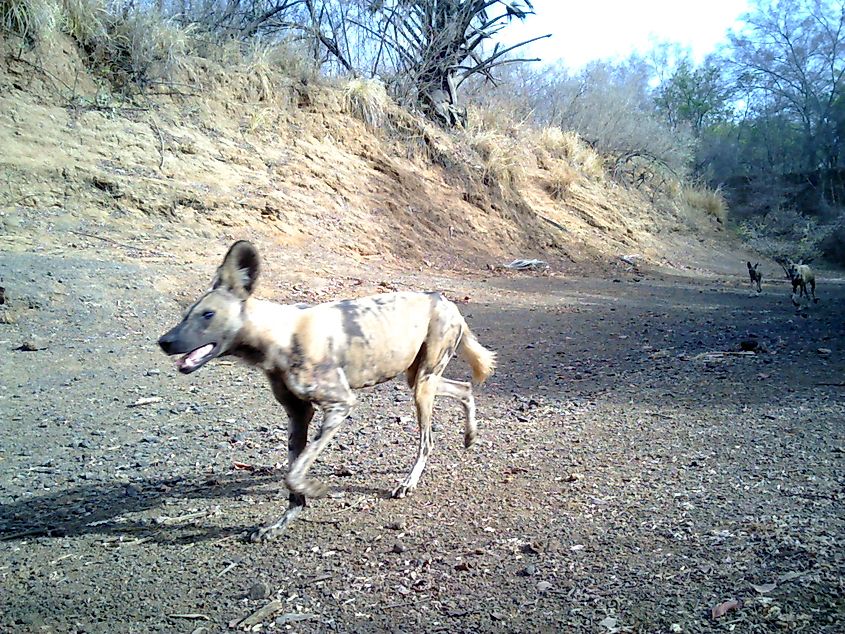
The Niokolo Koba National Park encompasses 9130 km2 in southeastern Senegal, bordering Guinea and close to the Gambia. Established in 1954 and expanded in 1969, the protected area was inscribed as a UNESCO World Heritage Site in 1981. Unfortunately, in 2007, the park was added to the UNESCO List of Endangered World Heritage sites.
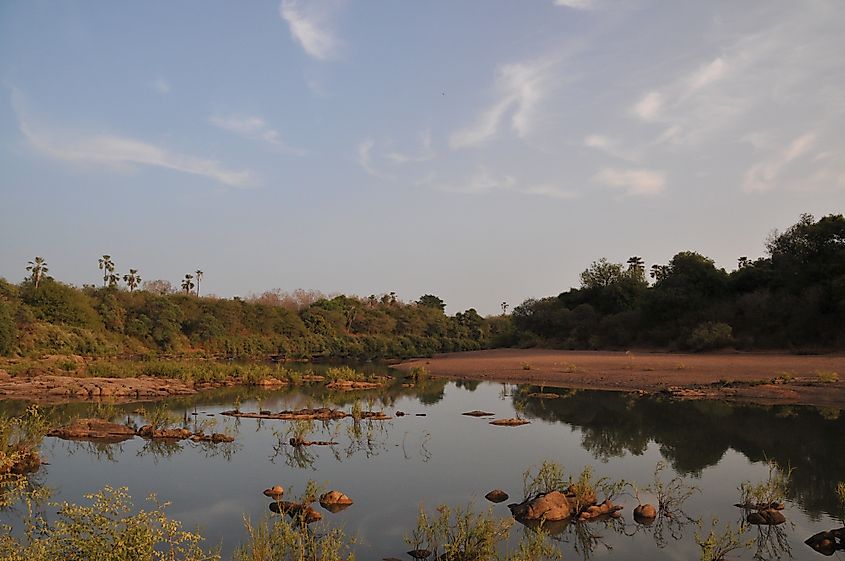
Like other parts of West Africa, this protected area is plagued by multiple issues like wildlife poaching, illegal logging, invasive species infestation, linear infrastructure development, livestock grazing, and other human disturbances.
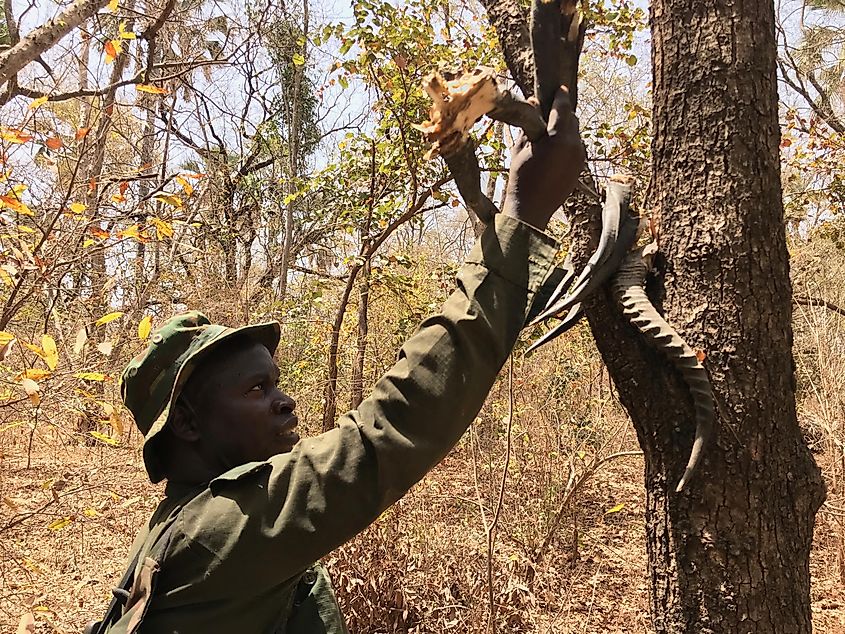
Drouilly is currently part of the Leopard Program team of Panthera and is working with partners to establish the leopard population status in West Africa. According to estimates, leopards have lost 86-95% of their historical distribution in West Africa. Yet, these big cats have received little attention in the region. Scientists hope that the Leopard Program will help gather crucial baseline data needed to plan an effective conservation program for the protection of West Africa's leopards.
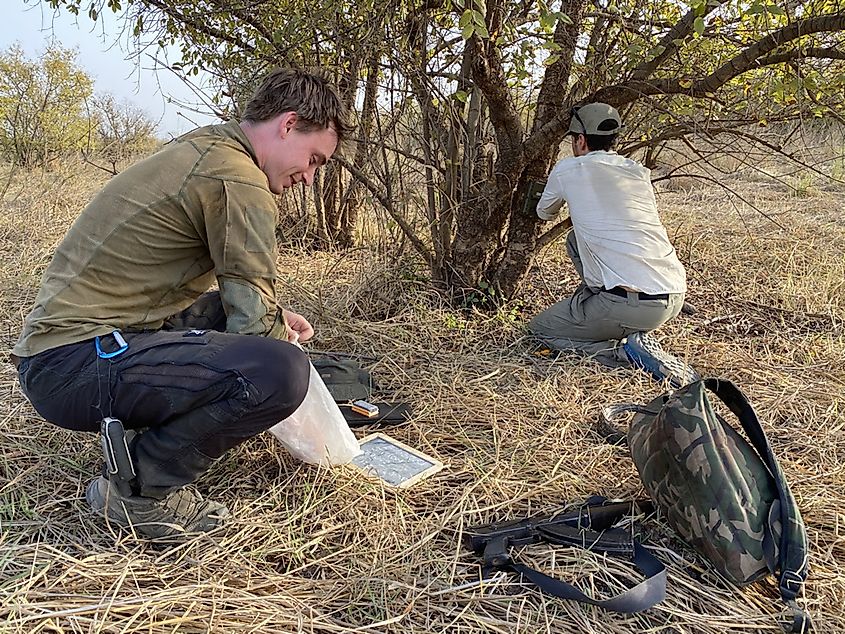
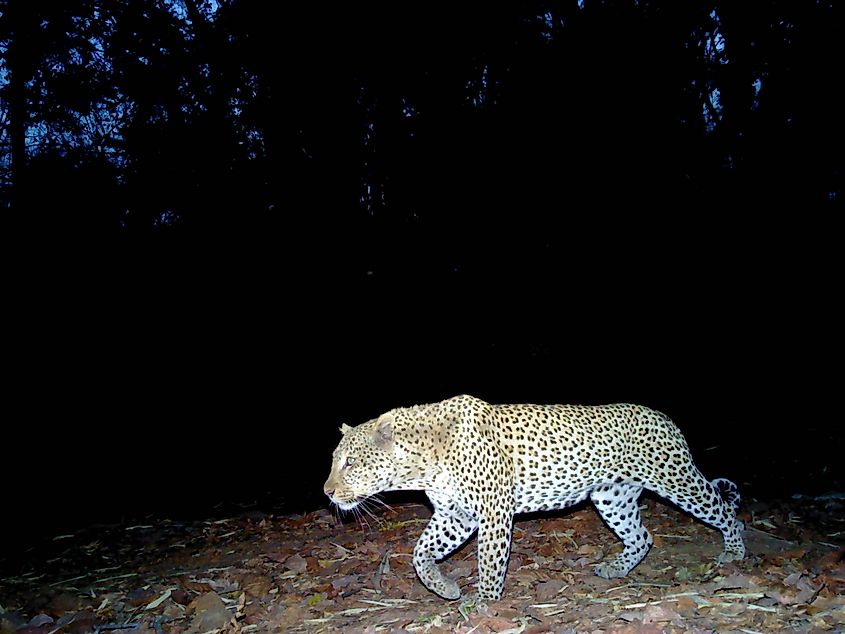
As part of the program, Drouilly and her colleagues are setting up camera traps across a vast swath of the Niokolo Koba National Park with support from Senegal’s Directorate of National Parks. The team is also monitoring populations of prey species of leopards and other elusive species in the park.
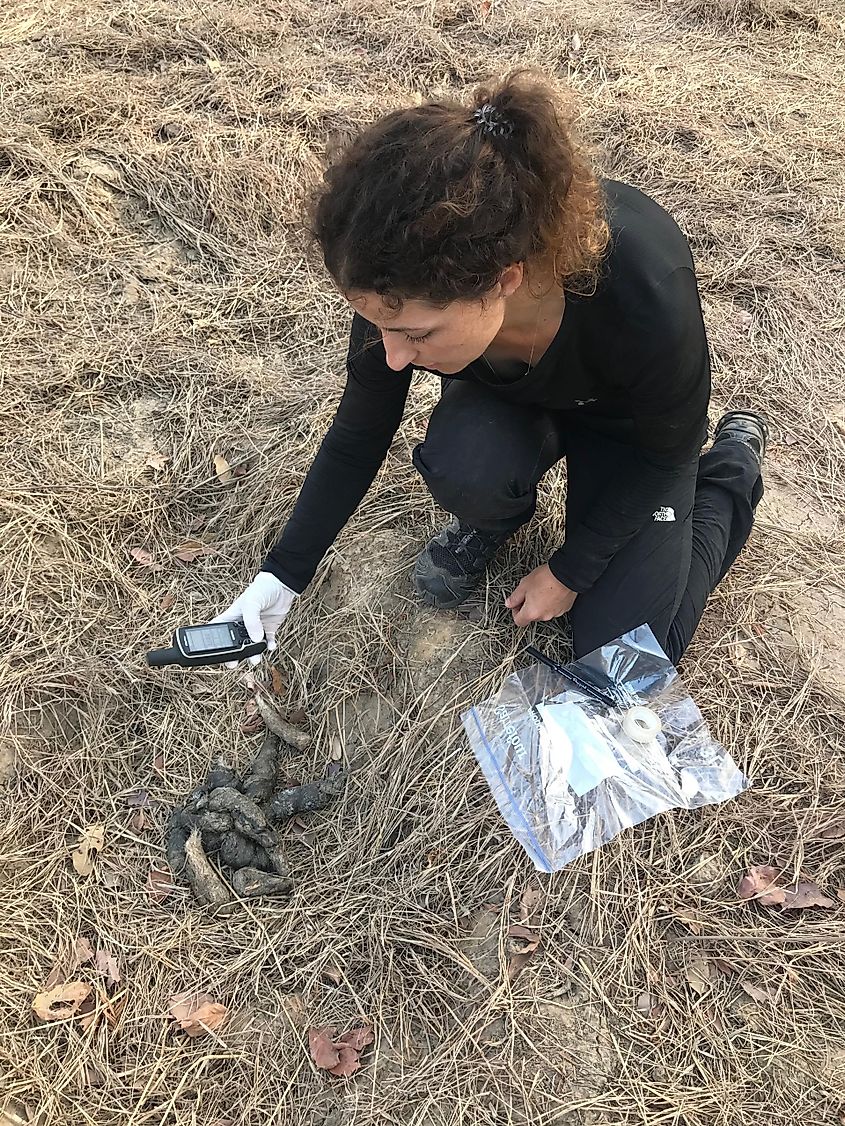
Nikolo Koba's lions are also under threat. Lions are critically endangered in West Africa. The distribution of the species has declined to only 1.1% of the historical range in the region. Thus, Drouilly is also studying the lions of the national park with the help of camera trap images and other scientific methods.
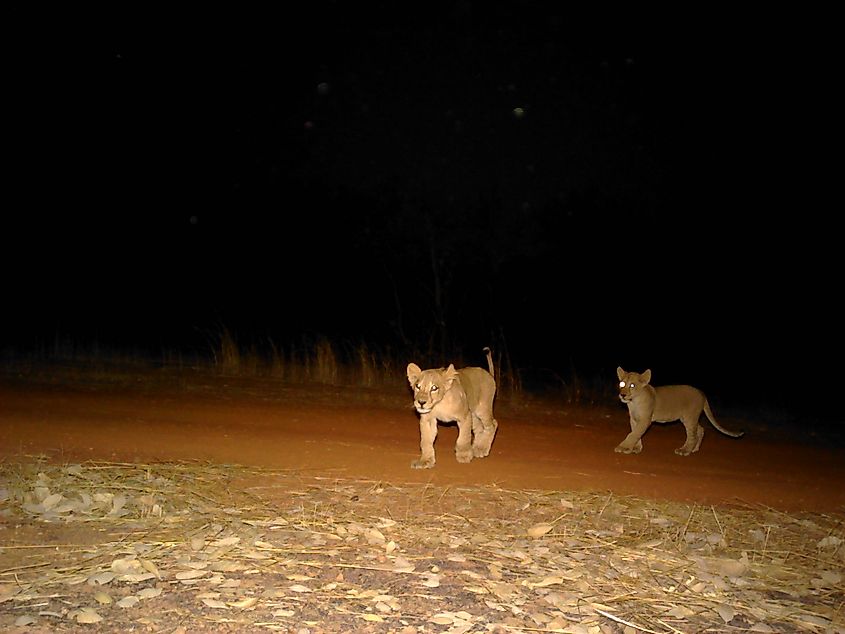
In addition to the big cats, elephants of Niokolo Koba have also been hit hard. Their numbers have dramatically declined in the park due to poaching for tusks and meat. The savanna elephant (Loxodonta africana) is now an endangered species as per IUCN's recent listing of the species on March 25, 2021. Data, including photos, on other wildlife populations like African wild dogs and elephants in the area is a bonus, and in this case, positive signs for the future of these species. At least one elephant has been identified in the park with the help of Panthera/DPN's camera traps. DNA extraction from dungs is expected to reveal further details about the park's elephant population.
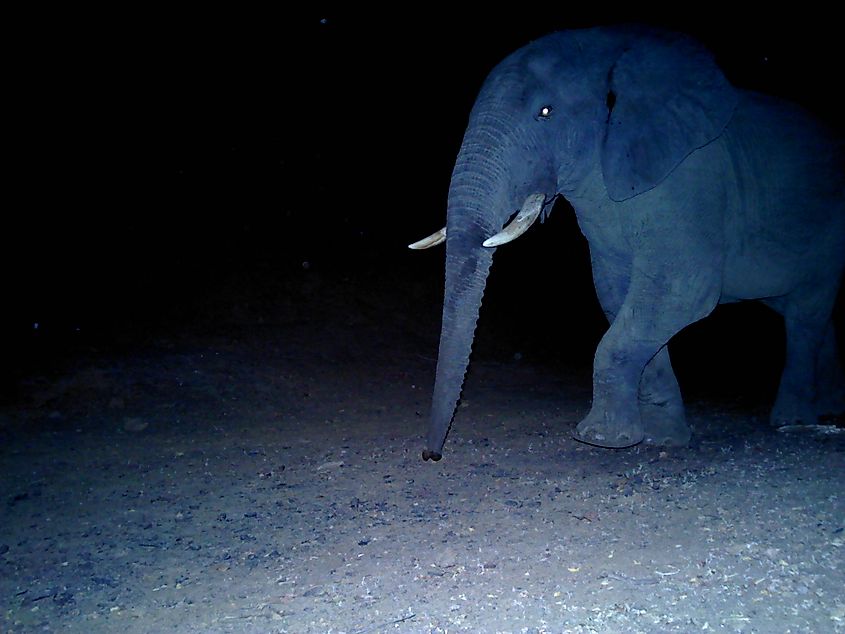
Given all the threats facing Niokolo Koba's wildlife, the photographs of African wild dogs in the area served as a great motivation for the scientists and park authorities. The dogs are wide-ranging, elusive animals, and extremely shy of humans. Hence, camera traps were the only way to gather information about their presence.
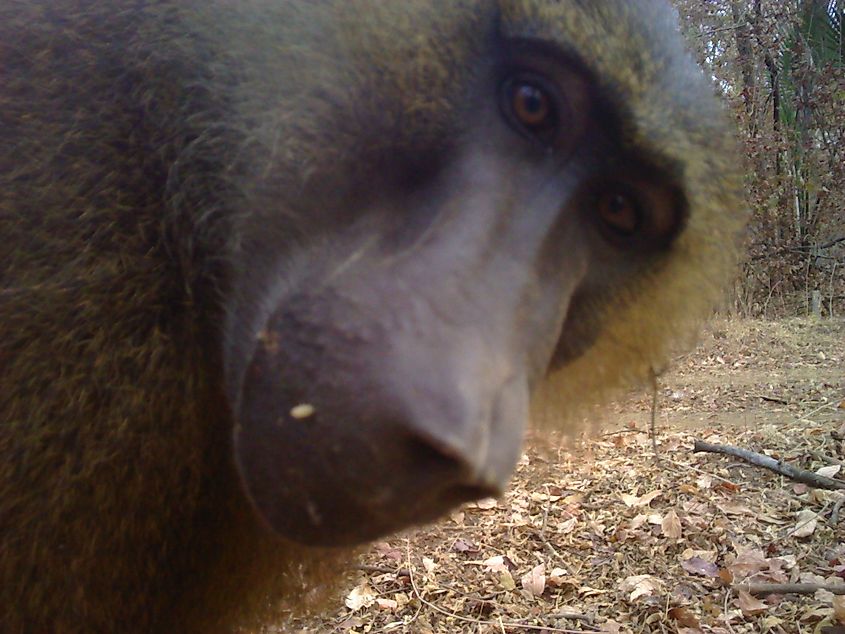
Several other species like porcupines, adult leopards, Derby elands, western hartebeests, etc., were also captured by the camera traps set up in Niokolo Koba.
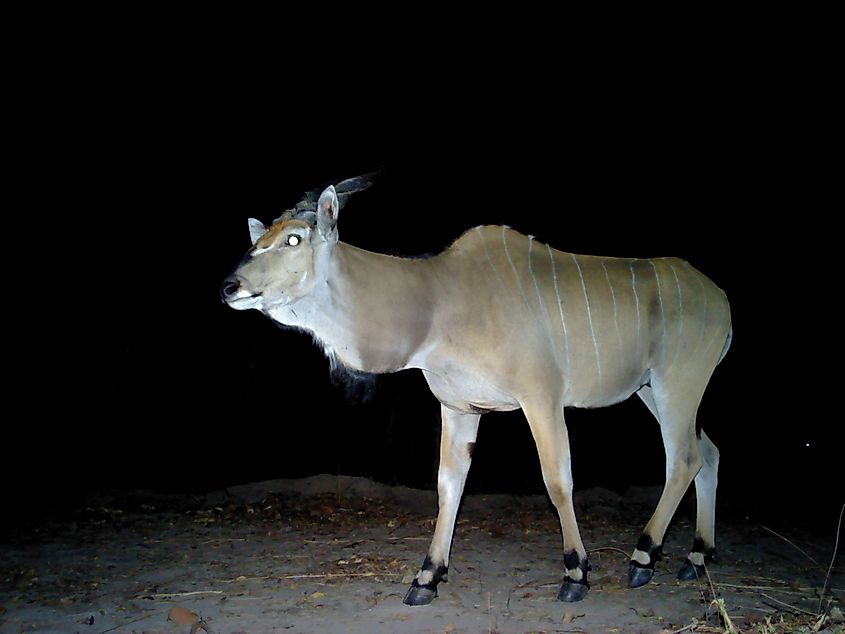
Over the last few years, Panthera Senegal has partnered with the park authorities to intensify anti-poaching patrols in the area. The diversity of wildlife captured by the camera traps and the growing size of antelope species and buffalo herds in the Park indicate that conservation efforts are bearing fruit.
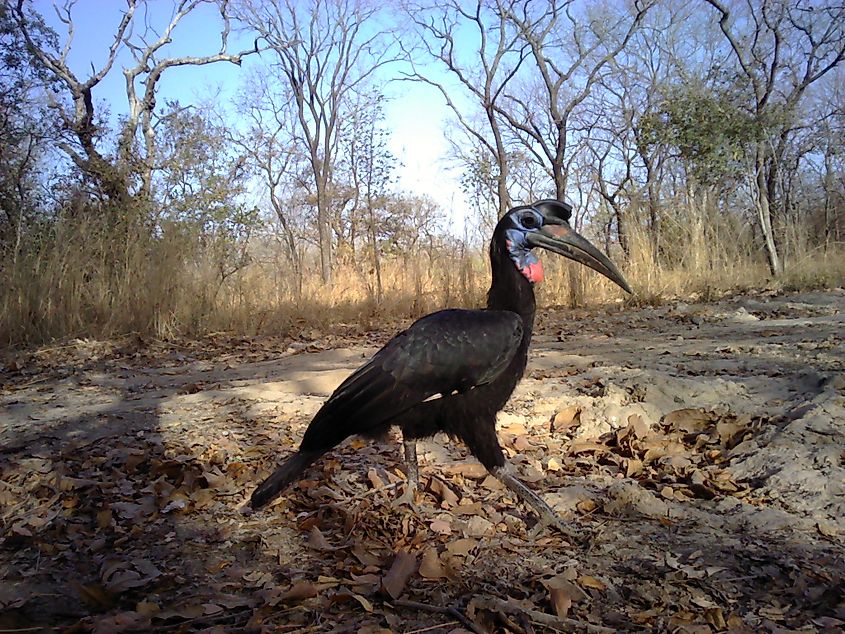
The Niokolo Koba National Park model serves as an inspiration for conservationists striving hard to protect West Africa's fragile ecosystems and disappearing wildlife. Hopefully, there will be more good news pouring in from the region in the coming times.







